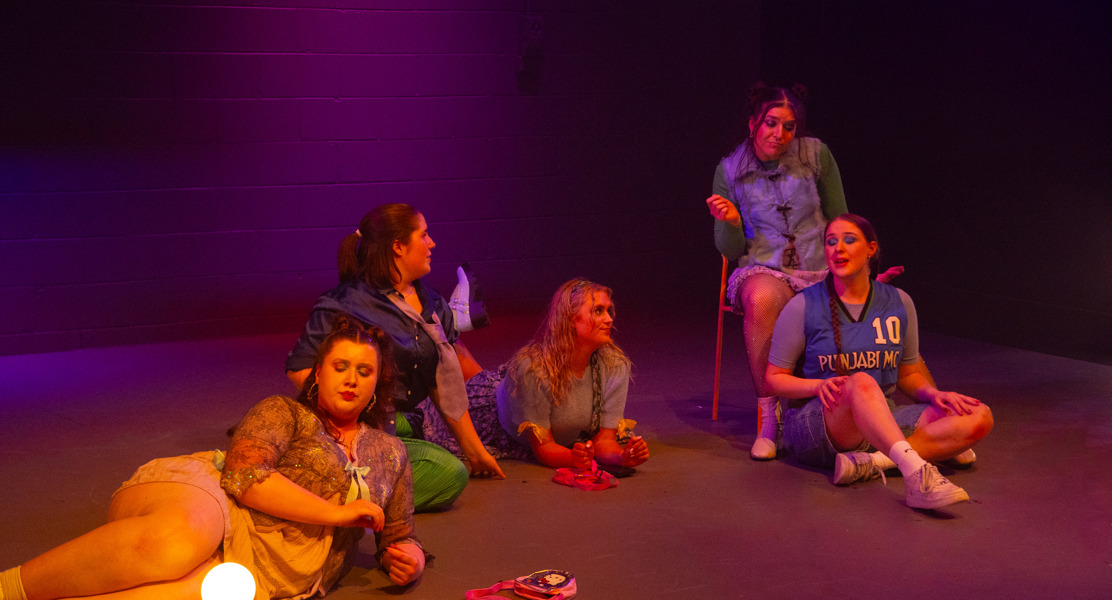

Acting is all about storytelling, but how you bring that story to life can change depending on whether you’re performing for a live audience or a camera lens.
At Collarts, our Acting students learn to navigate both worlds, equipping themselves with the versatility to perform in theatre, film and television.
Whether you see yourself on a Netflix series, the big screen, or treading the boards of a theatre stage, mastering both crafts opens up endless career possibilities.
So, here’s what you need to know about acting for both mediums.
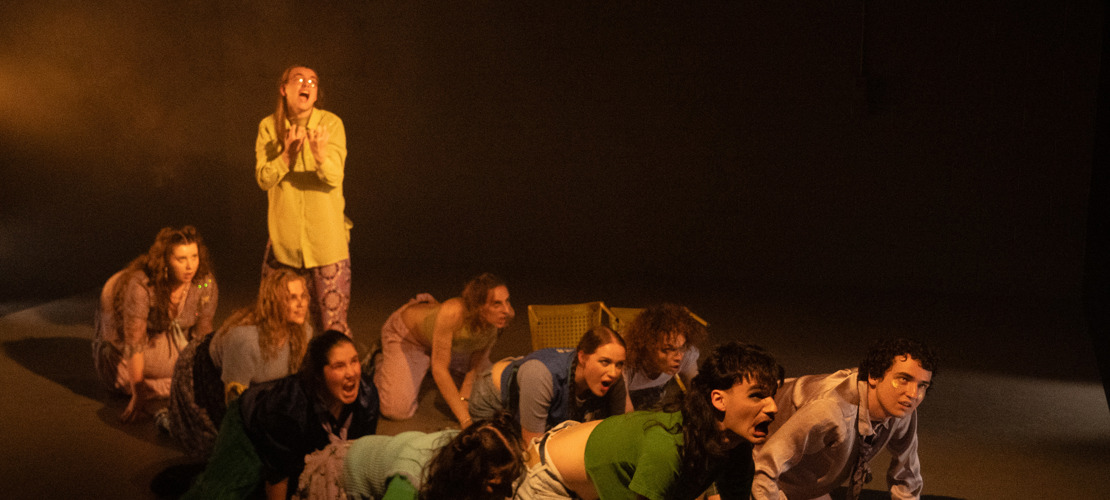
Photo credit: Ren McLennan
Performing on stage is a high-energy, immersive experience that demands physicality and vocal projection. When you’re on stage, there’s no “take two”—every line, movement and expression must be intentional and engaging for the entire audience, whether they’re sitting in the front row or at the back of the theatre.
Vocal projection: Without microphones (in most theatre settings), actors must use strong vocal techniques to ensure clarity and volume without strain.
Pronounced movements: Subtle facial expressions won’t translate to a large theatre audience, so actors use more pronounced gestures and physicality to communicate emotions.
Live audience connection: Stage actors feed off audience reactions in real-time, adapting their energy based on the atmosphere of the room.
Rehearsed precision: Theatre performances require consistency—once a show is live, the story unfolds in real time with no edits.
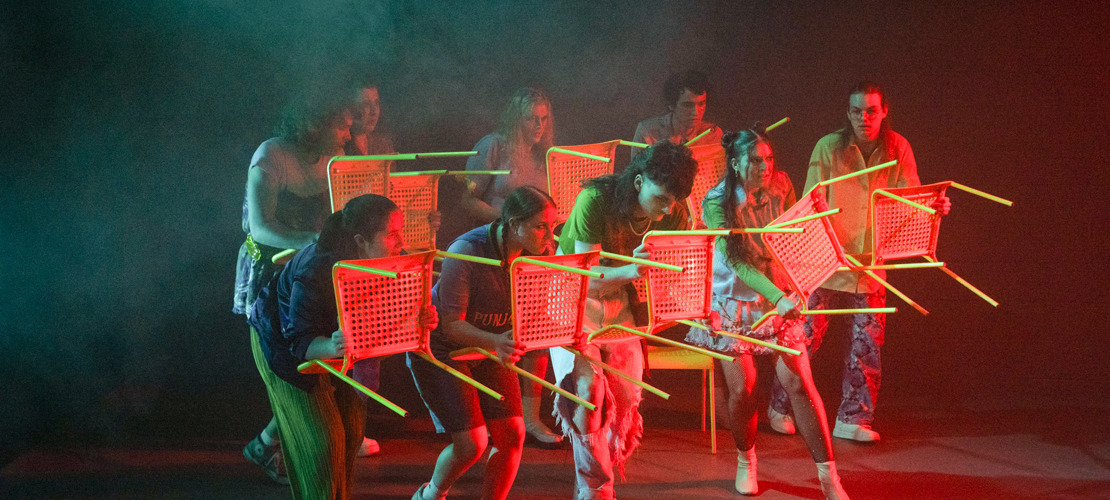
Photo credit: Ren McLennan
Train your voice: Work on breath control, projection and articulation to ensure your voice carries effortlessly across a stage.
Develop your physicality: Movement workshops, dance and stage combat can help you fully embody characters.
Practice improvisation: Live performance comes with unpredictable moments—being adaptable and thinking on your feet is key.
Acting for screen is an entirely different beast. Unlike theatre, where an actor’s performance must reach the back of the room, screen acting is about nuance, intimacy and realism.
The camera captures every blink, breath, and shift in expression—often, less is more.
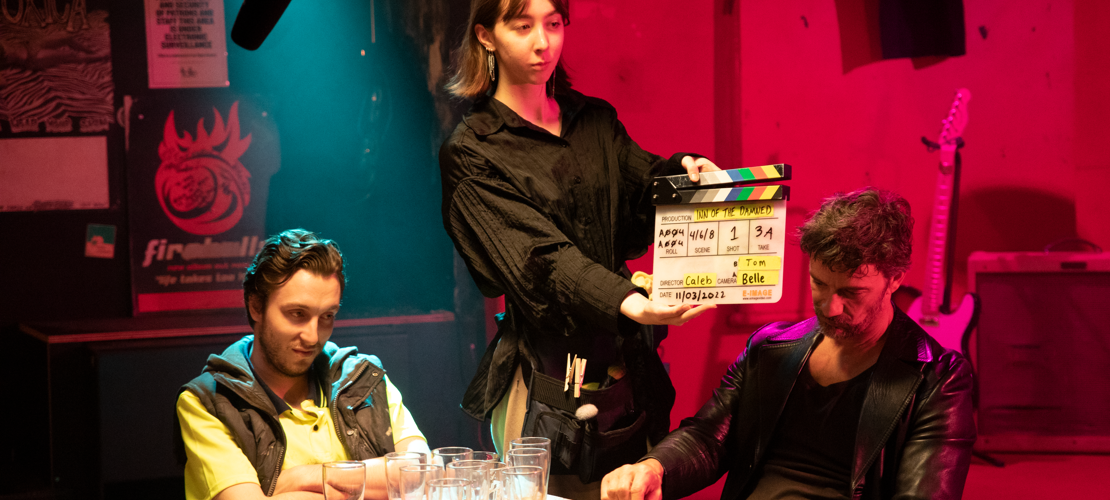
Subtle expressions matter: The camera picks up even the slightest facial movements, so naturalism is key.
Mic’d dialogue: Unlike stage acting, you don’t need to project—microphones capture even whispered lines.
Multiple takes & angles: Unlike theatre, film and TV allow for multiple takes, scene coverage and post-production tweaks.
Blocking for camera: Actors must be aware of camera placement, lighting and marks while delivering authentic performances.
Study film & TV acting techniques - included in our Acting course - which will teach you to adjust your performance for close-ups and camera angles.
Understand camera work: Learn how to hit your marks, find your light and maintain continuity across takes.
Work on on-camera comfort: The more comfortable you are in front of a camera, the more natural your performance will feel.
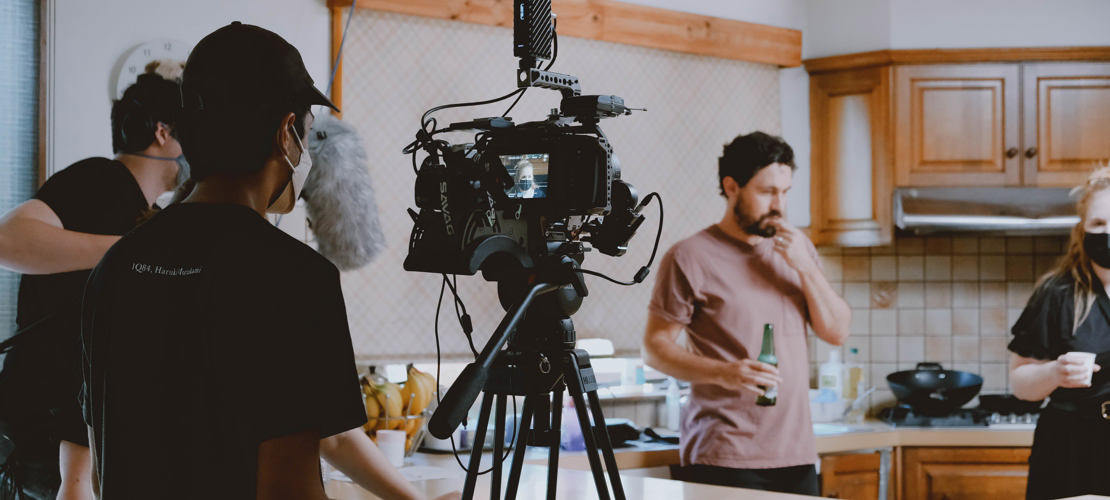
So, how do you become an actor who thrives on both stage and screen? Versatility is key.
Some of the world’s best actors move seamlessly between theatre and film, adjusting their technique while staying true to the craft.
Develop adaptability: Understand the technical demands of each medium and adjust your performance accordingly.
Practice self-taping: Self-tapes are essential in film auditions and help refine your screen presence.
Engage in live performances: Theatre experience sharpens your instincts, emotional range, and stage confidence.
Study great actors: Watch performances from actors who successfully transition between both mediums and analyse their technique.
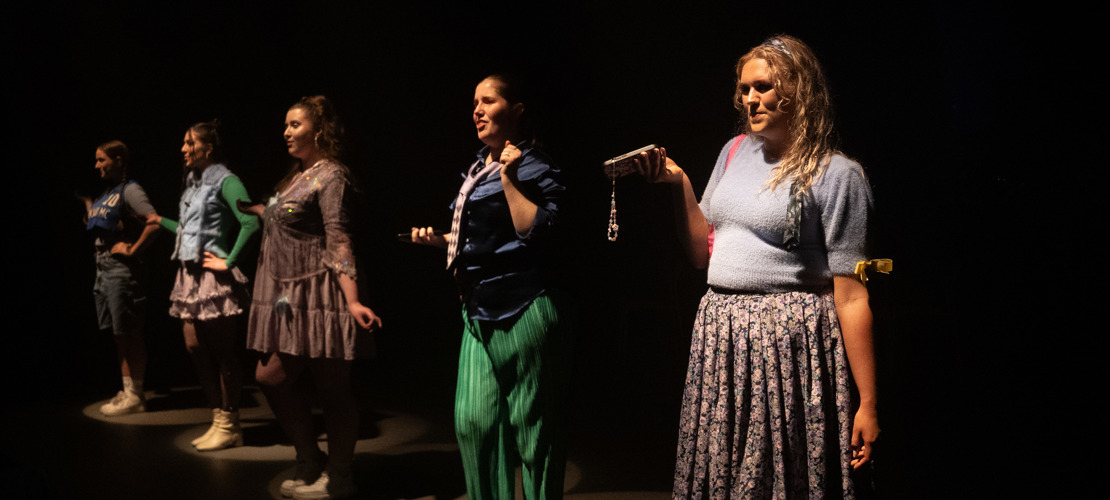
Photo credit: Ren McLennan
At Collarts, our Acting course is designed to give you hands-on experience in both stage and screen performance, working with industry professionals and learning in real-world environments.
So, what’s your calling—stage, screen, or both? Wherever your passion lies, remember: the best actors are the ones who never stop learning, evolving and embracing the magic of performance.